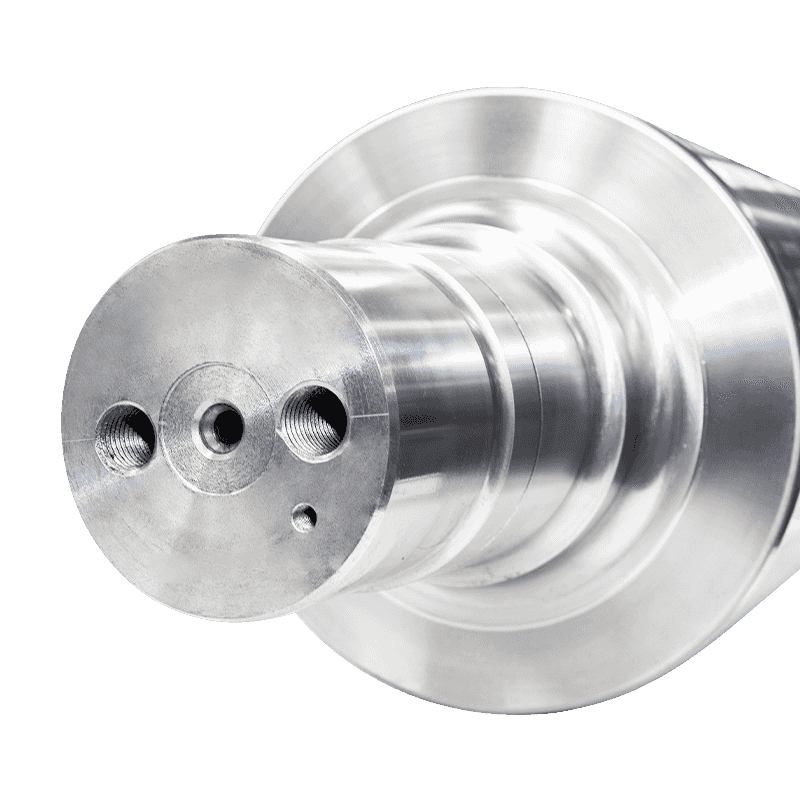The efficiency and longevity of alloy cast steel rolls are critical in metalworking operations, where precision and durability define success. Optimizing their performance for specific rolling conditions necessitates a meticulous approach that considers material composition, heat treatment, surface finishing, and operational parameters. By fine-tuning these factors, manufacturers can enhance wear resistance, reduce downtime, and achieve superior product quality.
Material Composition: The Foundation of Performance
The selection of alloying elements plays a pivotal role in defining the mechanical properties of cast steel rolls. Elements such as chromium, nickel, molybdenum, and vanadium contribute to hardness, toughness, and resistance to thermal fatigue. An optimized balance ensures the roll maintains structural integrity under extreme rolling conditions while minimizing the risk of surface defects and premature wear.
Heat Treatment: Strengthening the Core
Precise heat treatment processes enhance the durability and performance of alloy cast steel rolls. Controlled quenching and tempering techniques refine the microstructure, improving hardness without compromising toughness. Advanced thermal treatments, such as differential hardening and induction heating, create a gradient in hardness that strengthens high-wear areas while maintaining flexibility in core regions.

Surface Finishing: Enhancing Wear Resistance
Surface treatments and coatings further extend the lifespan of cast steel rolls. Techniques such as chrome plating, tungsten carbide coatings, and laser hardening bolster resistance to abrasion, corrosion, and thermal cracking. Surface texturing can also influence friction levels, reducing energy consumption and improving product consistency.
Operational Parameters: Adapting to Rolling Conditions
Optimizing roll performance requires alignment with specific rolling conditions, including temperature, load, and rolling speed. Precise control of lubrication minimizes friction and thermal damage, while periodic roll grinding restores surface integrity. Continuous monitoring using sensors and predictive analytics allows for real-time adjustments, preventing failures and maximizing efficiency.
Optimizing alloy cast steel rolls for specific rolling conditions is a multifaceted process that integrates material science, thermal engineering, and precision machining. By tailoring composition, heat treatment, surface finishing, and operational strategies, manufacturers can significantly enhance roll longevity, performance, and cost efficiency. Investing in these optimizations leads to higher productivity, reduced maintenance costs, and superior product quality in industrial rolling applications.